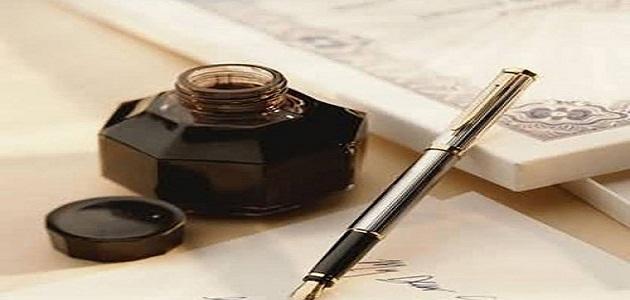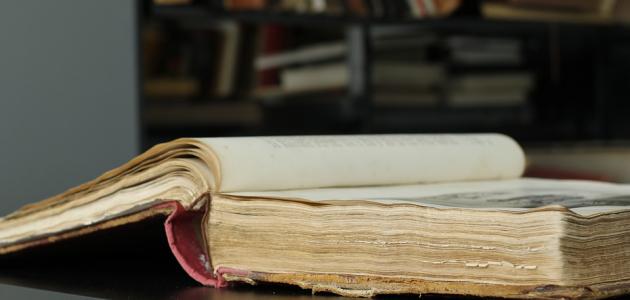How to organize the public library
Dewey Decimal Classification Chart
Areas of knowledge:
The Dewey Decimal Classification (DDC 23) divides areas of knowledge into ten main categories:
- 000 – 099: Computer science, information and public works.
- 100 – 199:Philosophy and psychology.
- 200 – 299: Debt.
- 300 – 399: social science.
- 400 – 499: the language.
- 500 – 599: the sciences.
- 600 – 699: Technology.
- 700 – 799: Arts and entertainment.
- 800 – 899: literature.
- 900 – 999: History and Geography.
Non-fiction books: Non-fiction books are arranged on the shelves from left to right, and from top to bottom, according to the following:
- numerically: According to the Dewey Decimal Classification based on the item number.
- Alphabetically: According to the title, if it is from the same category, and the author number.
Fantasy books: Fiction books or works of fiction do not have classification numbers, as they are arranged alphabetically on the shelves based on the author numbers.
Read also:From the author of the book The Beginning and the EndLocation codes
There are 12 library location symbols, with each symbol representing a distinct physical location:
- LIB: Main Library Collection.
- RLC: Reading list collection.
- REF: Reference section.
- BY: Periodical magazine display racks.
- CAR: Jobs section.
- CR: Corporate reports.
- FIC: Fiction section.
- CAS: Case study section.
- STA: Employees Department.
- ERP:Enterprise resource plans.
- LANLanguage Management Department.
- RES: Research Management Department.
Topic codes
The items are arranged within the sections based on the London Business School classification system, where a symbol is given to each subject, and this symbol is printed on the books, and the main sections are:
- A: Administration.
- AD: Company strategy.
- A: Enterprise.
- B: Marketing.
- BZ: Physical distribution management.
- C: Production and operations.
- D: research and development.
- E: Finance and accounting.
- EE: Financial management and corporate finance.
- EL: Accounting.
- F: Department of Human Ressources.
- G: Industrial relations.
- J: Economy.
- JQ: International economics.
- K: Industries.
- LBehavioral sciences including organizational behavior.
- M:Communications including languages.
- P: the law.
- Q: Politics.
- S: Management science.
- TOperational research.
- U: statistics.
- V: mathematics.
- W: Computers and information technology.
- Y: information Science.
- Note: It is important to know the number of books that will be placed in the library, and to estimate the size of its increase and expansion.
How to organize your home library
There are several ways to arrange books in the home library, which are:
Read also:Summary of the novel around the world in eighty days- Depending on the colorBooks are arranged based on color, which makes the library look beautiful and bright, but this is not a practical method, and it can be followed when the collection of books is small.
- AlphabeticallyBooks are sorted by book name or author, which is a more logical method than colors.
- Depending on the topic of the bookIn this method, books are divided into groups, such as: gardening, cooking, and science fiction.
- Depending on the sizeShelves are determined according to the size of the books they can accommodate, so longer books can be placed on longer shelves, and shorter ones can be placed on shorter shelves.









